Board Meetings | The Pros and Cons of Gamifying Climbing
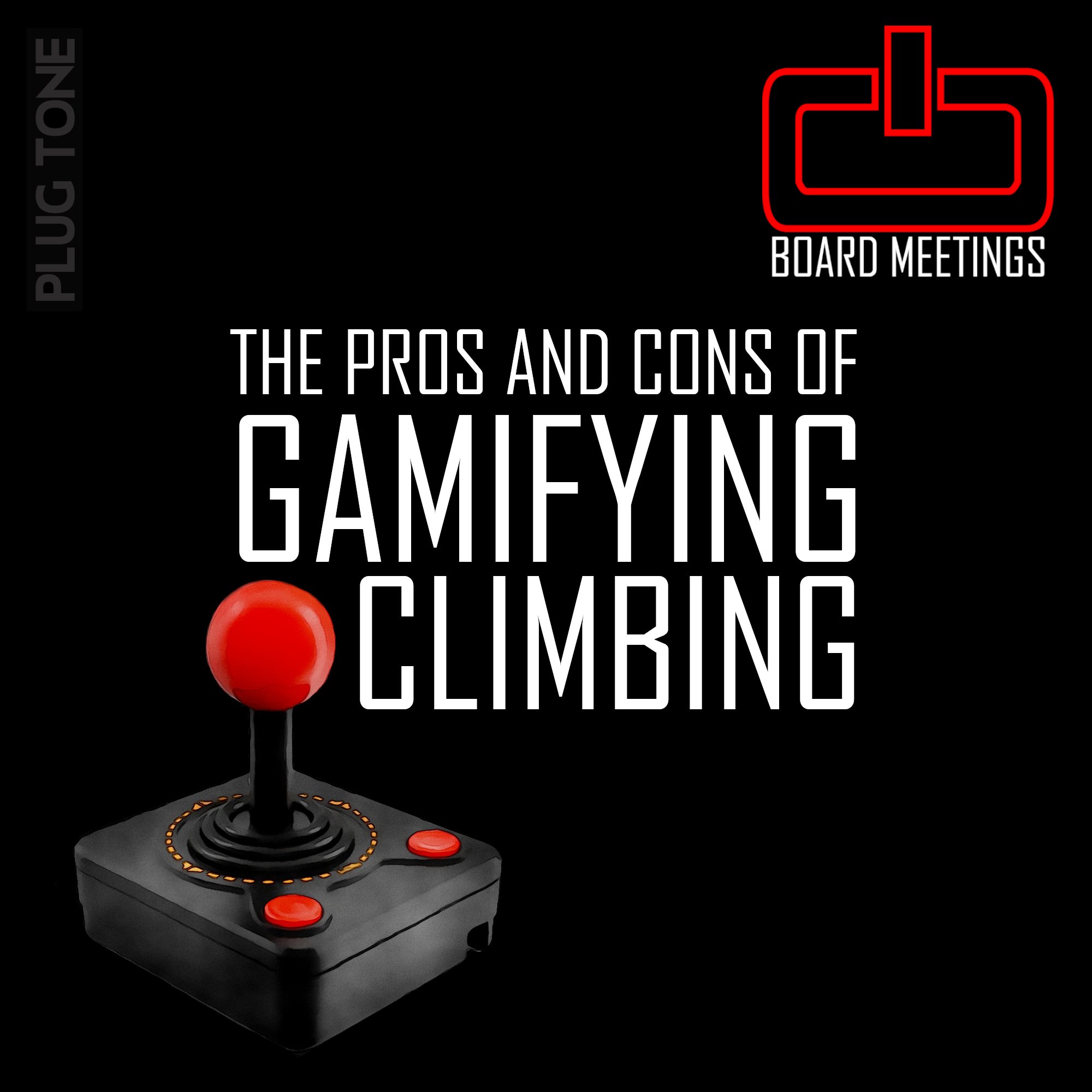
This episode is the first 40 minutes of a nearly 2 hour long episode for our Patrons. In it, Nate and I discuss the pros and cons of many of the gamified versions of climbing that we all participate in. Add-A-Hold, Lists, Challenges, Pitch Counts, Counting V-Points, and even Moonboard Benchmarks.
Some games we like more than others. Does your favorite get a thumbs up, or does it get skewered?
For as little as $3 per month, you can become a patron and get 2 extra Board Meetings every month, including the final hour of this episode.
Starting where you are is an important first step that is often missed.
When should you be growing your skill set and when should you be focused on one aspect of it?
Which is better – building a grade pyramid or a tower – and how might one or the other impact your future climbing?
How can we make sure we are getting the right thing – quality or quantity – in our climbing?
There's a fine line between reactive and proactive training. If you're constantly being corrective or reactive, you may want to rethink things.
Kris and Nate discuss their favorite protocols, both that they use themselves and in programming for their clients.
Kris presents his idea of the Atomic Elements of Climbing Movement to Nate and asks for his thoughts.
If we want to assess our climbing movement skills over time, are the standardized boards the best option? We're conflicted…
How do we decide where to focus our efforts when it comes to becoming a BETTER climber – rather than just a stronger one?
If the more you climb, the better you get, then why do we all know that one guy that’s been climbing forever and still stuck at 5.10?
One of our favorites: Kris and Nate discuss ideas about our mental models for learning, and how we might apply these ideas to climbing.
There are lessons from the climbing in a gym that should absolutely be applied outdoors in order to become a better climber faster.
There are aspects of climbing outside that lead us into learning specific things that we don't necessarily find as easily indoors.
With more and more information out there, it would seem that we can learn faster and better. But that isn't always the case.
You nailed the training and showed up stronger. Still, things went wrong.
You know what highpointing is, and definitely redpointing, but what about lowpointing?
Does kneebarring hard boulders make you stronger? We're conflicted.
Whether a pro, writer, filmmaker or coach, Taylor has some advice for you.
In an ideal world, grades would be objective and we’d have some universal formula for how they’re decided. But we don't live in an ideal world.
Watching Will Bosi and Aiden Roberts work on the Burden of Dreams replica is fun, but is it valuable for the rest of us?
A way to think about improvement based on ideas from Josh Waitzkin, author of The Art of Learning.
Let’s talk goal setting. Not resolutions; goals. Different animals altogether.
It would be amazing if we kept all our attributes forever, but the reality is that we sometimes stop doing some of the things that made us good to begin with.
The interwebs are going crazy over Andrew Bisharat’s new miracle hangboard program “Five Minute Fingers” and folks have asked for our opinion.
Whether it's mental or physical, unless you're a mutant, you've gotten stuck. Well, we have some advice.
Jon Glassberg recently wrote in a blog that, “Climbing double digits is an attainable goal for any serious climber.” We agree.
Let's face it, there are some really bad ideas out there.
The whole team sits down together and discusses the Top 2 resources where we each get our information.
It's here. The one you've been waiting for. The Moon Board Episode.
Giving artificially low grades to climbs increases their perceived value for our training and development. The more something is mis-graded the more we naturally want to prioritize it.
How tall, how wide, what angle, and perhaps most difficult, which holds and in which configuration?
I test my theory that a better way to system board for power would be to treat it more like bouldering, but on mirror-image symmetrical walls.
A reader asks: I'd love some advice on how to use the systems board and/or fingerboard to train power.
A climber since 1994, Kris was a traddie for 12 years before he discovered the gymnastic movement inherent in sport climbing and bouldering. Through dedicated training and practice, he eventually built to ascents of 5.14 and V11.
Kris started Power Company Climbing in 2006 as a place to share training info with his friends, and still specializes in working with full time "regular" folks. He's always available for coaching sessions and training workshops.


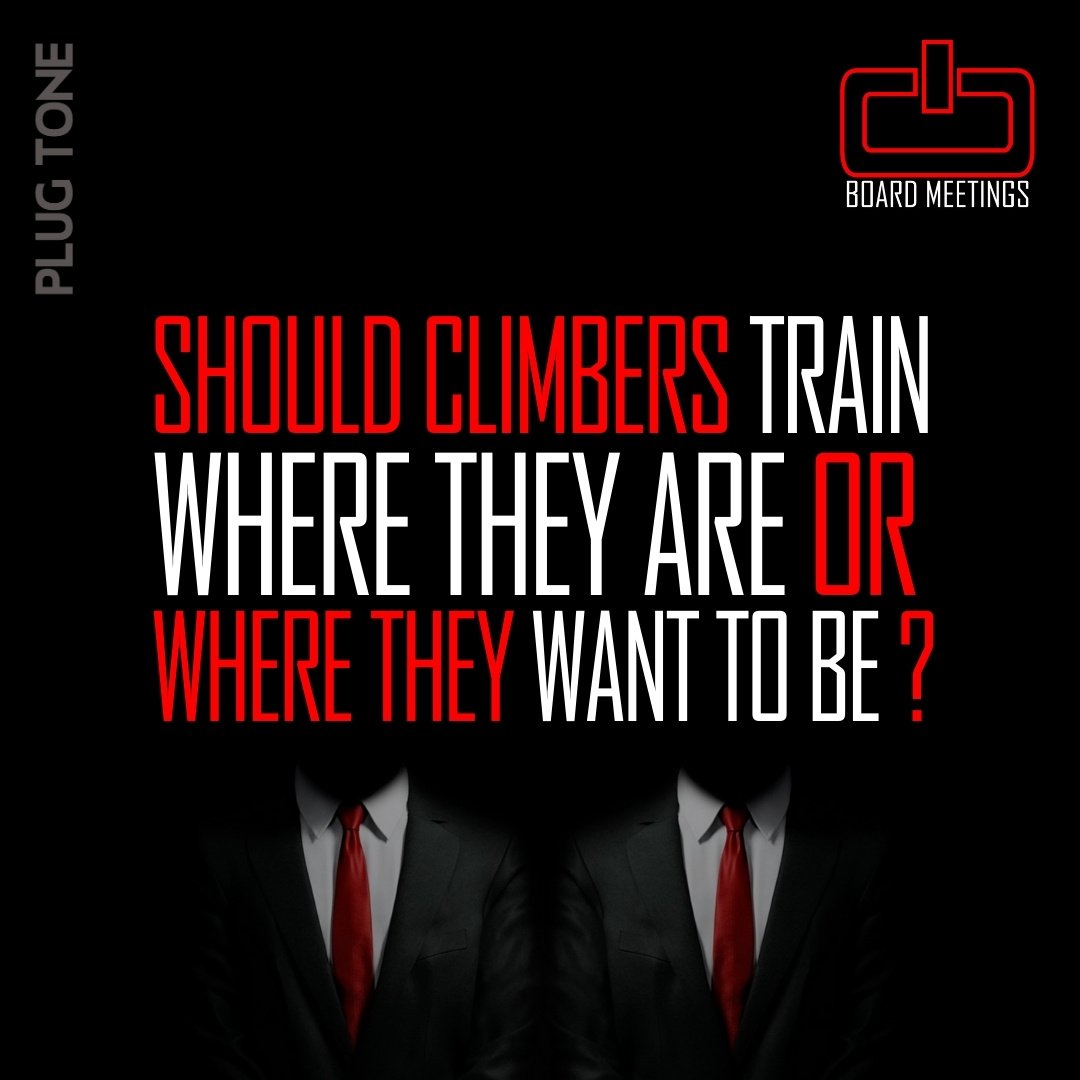
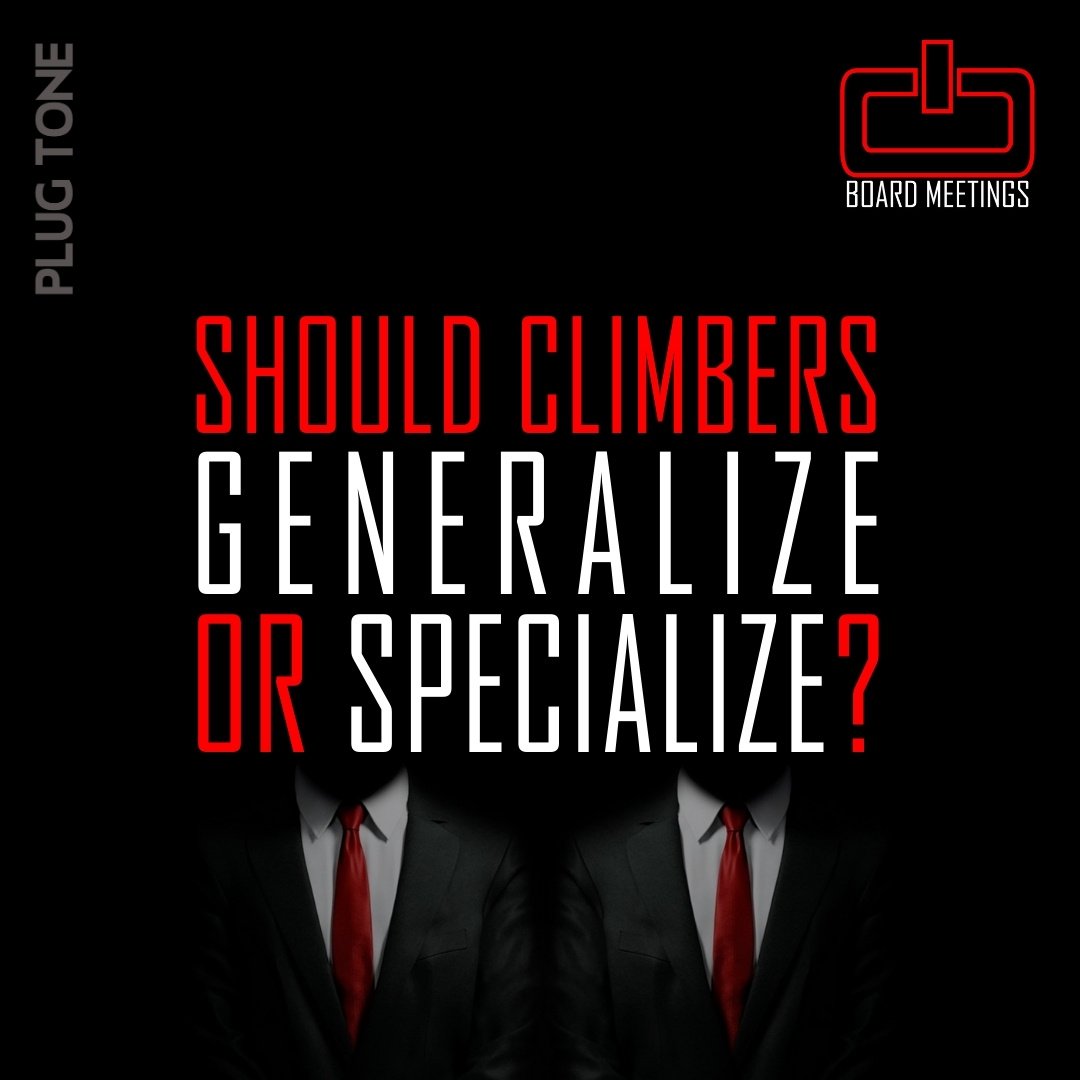

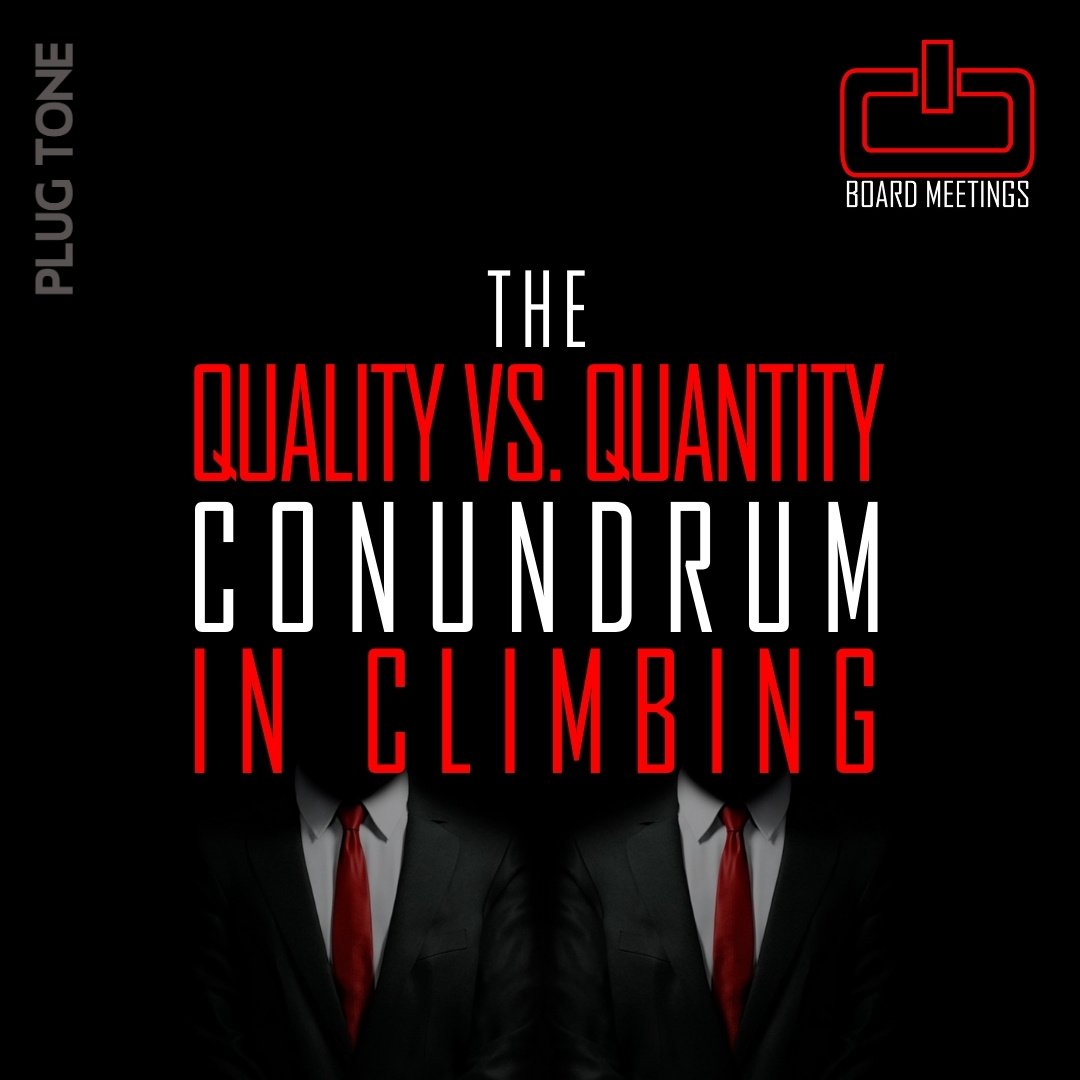
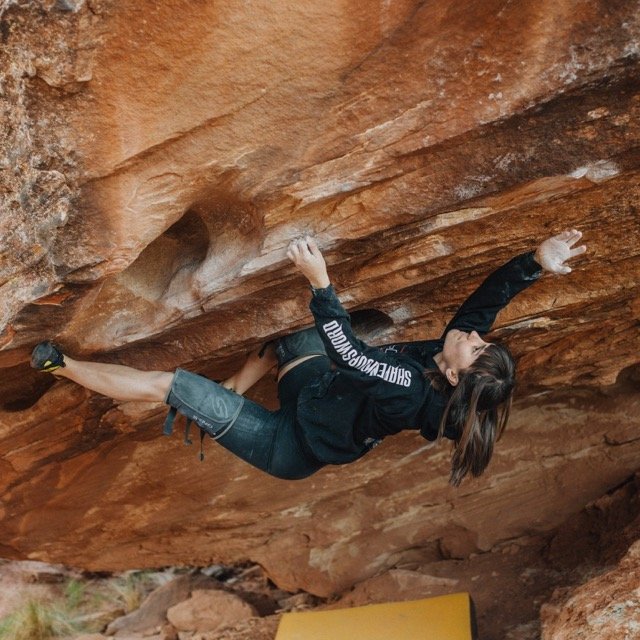


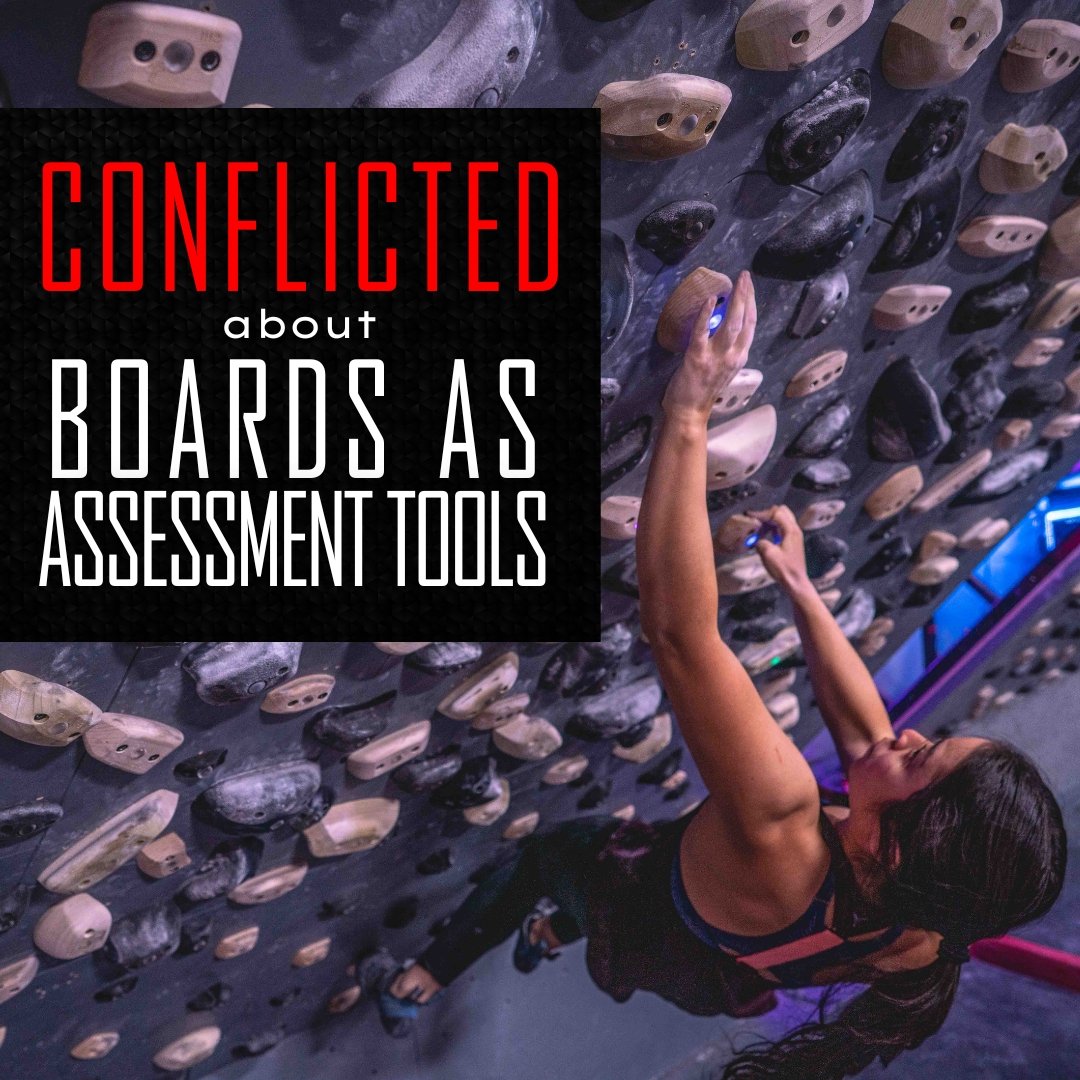
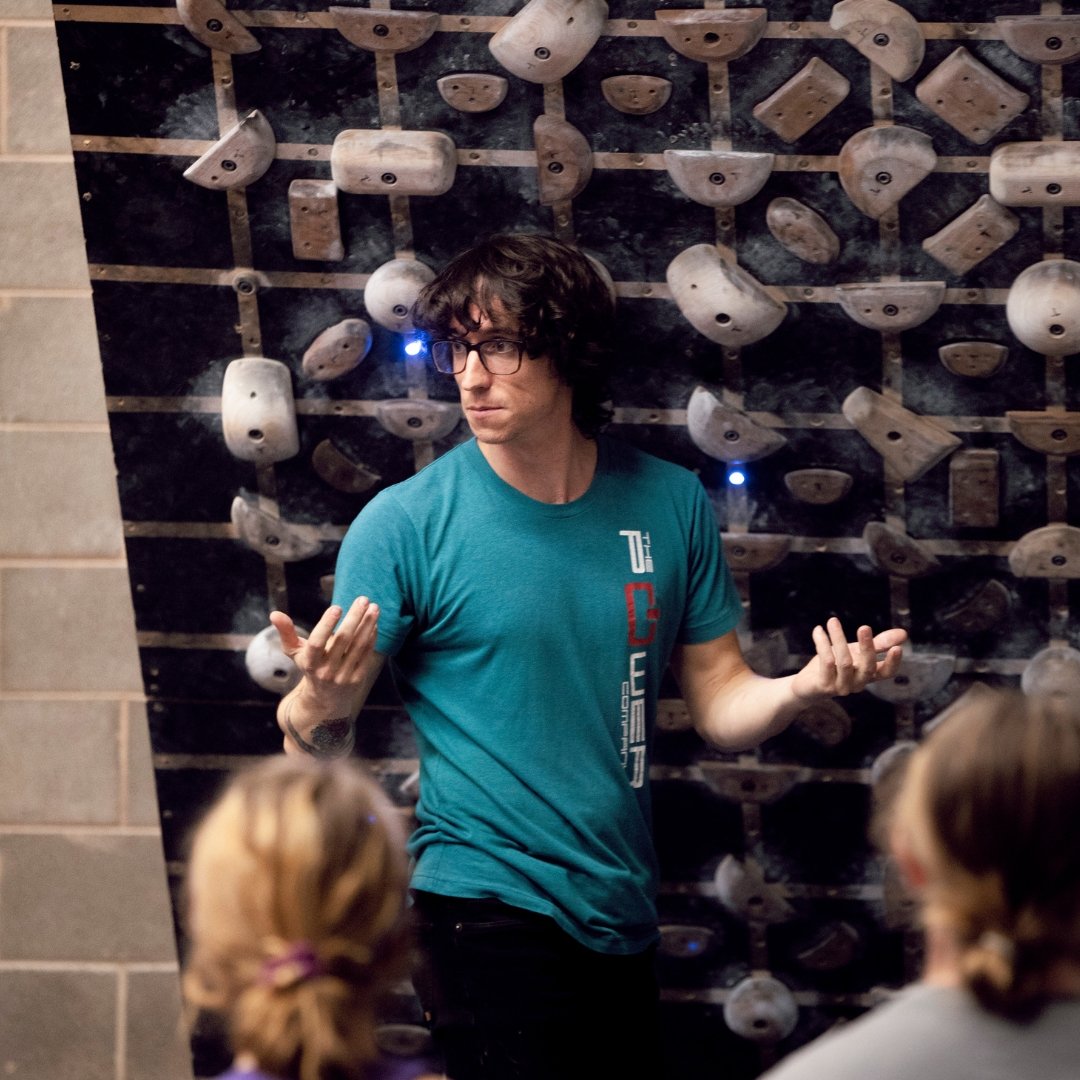
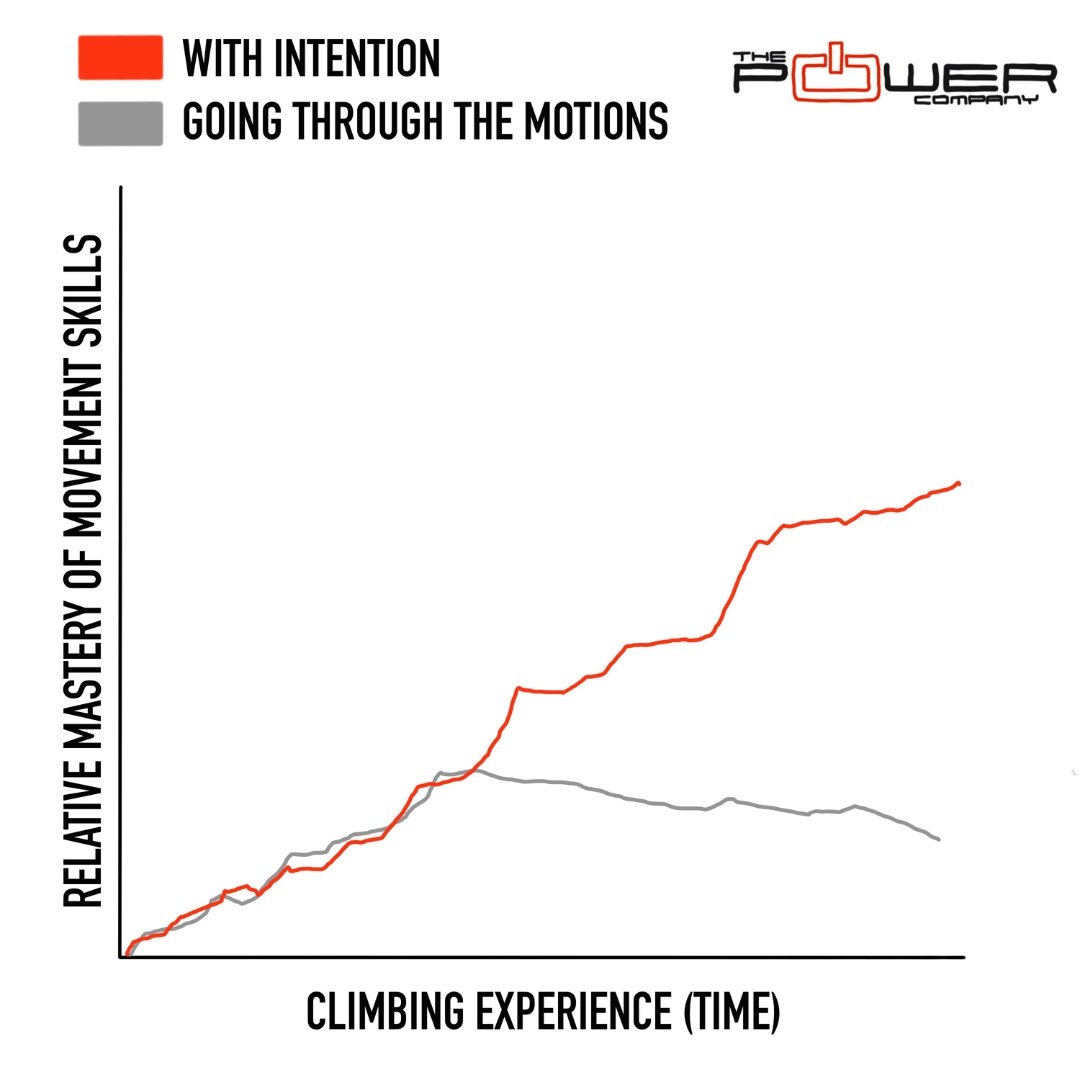


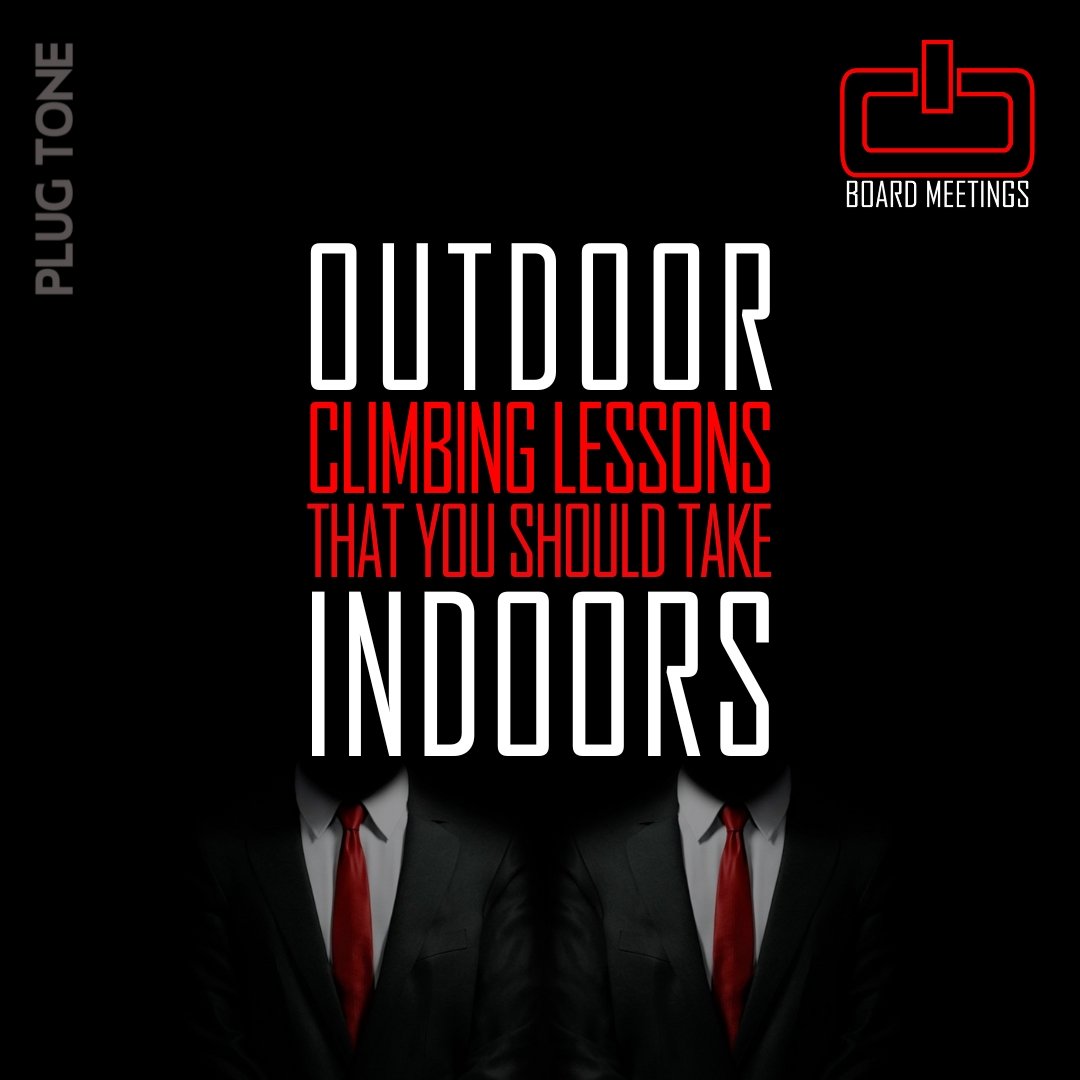

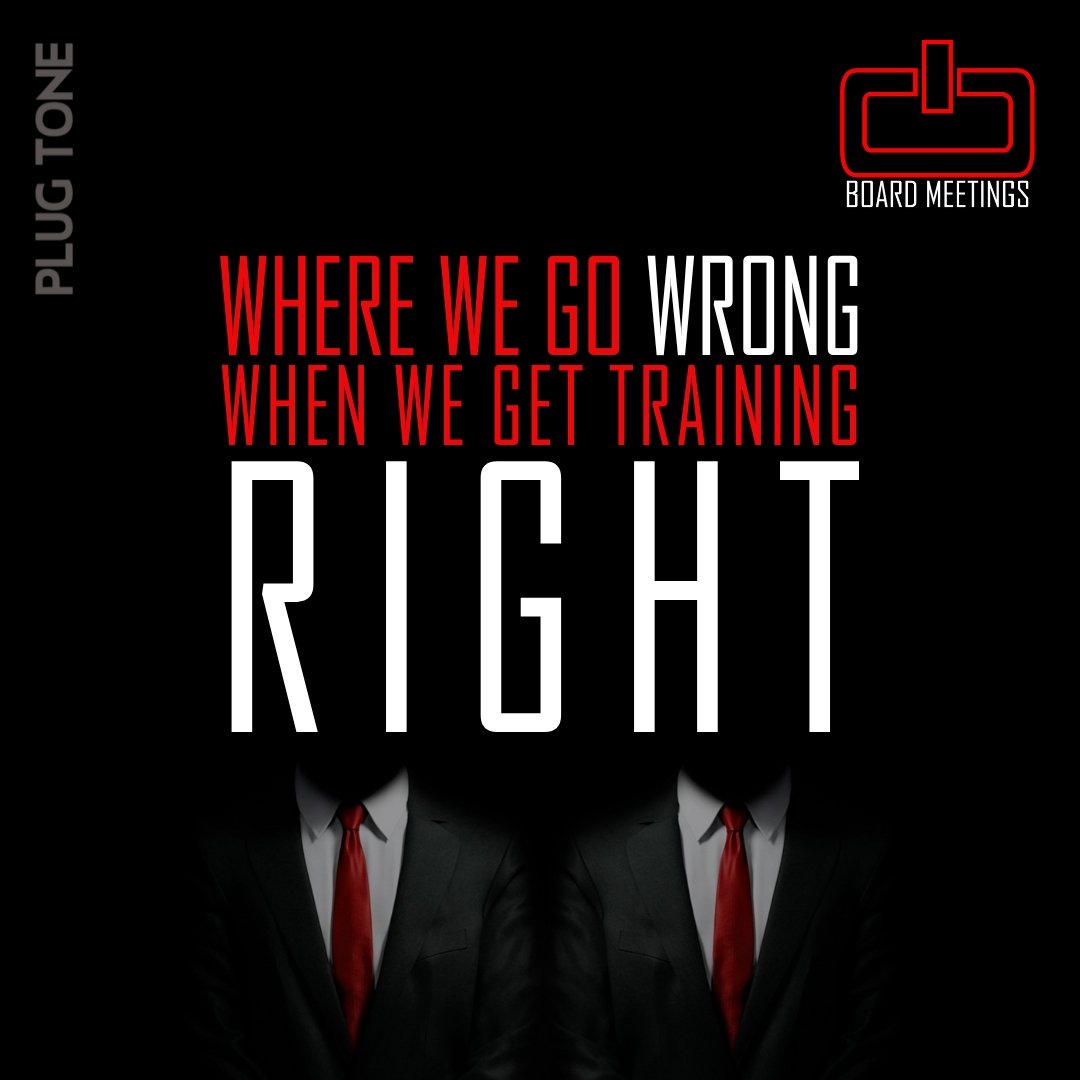



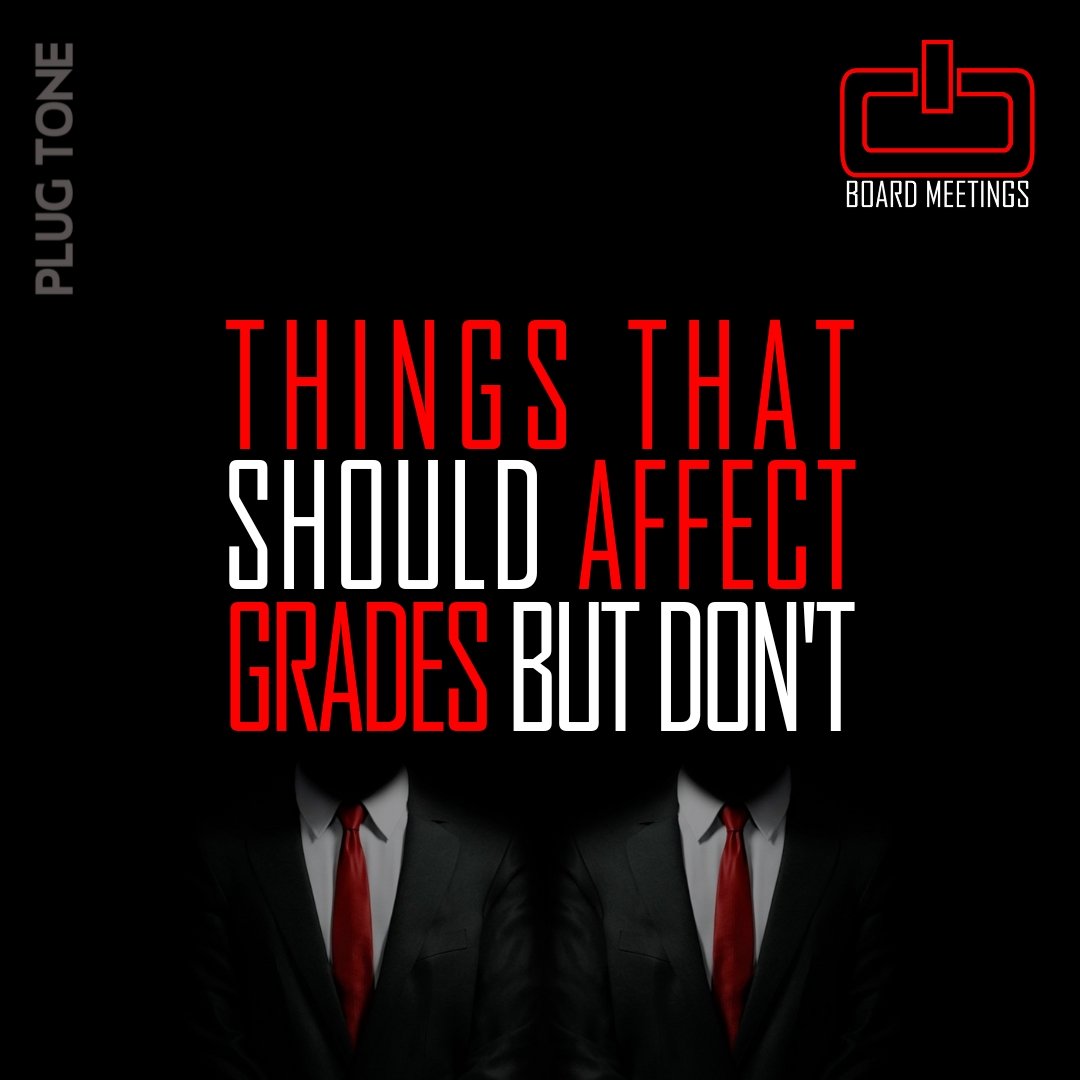
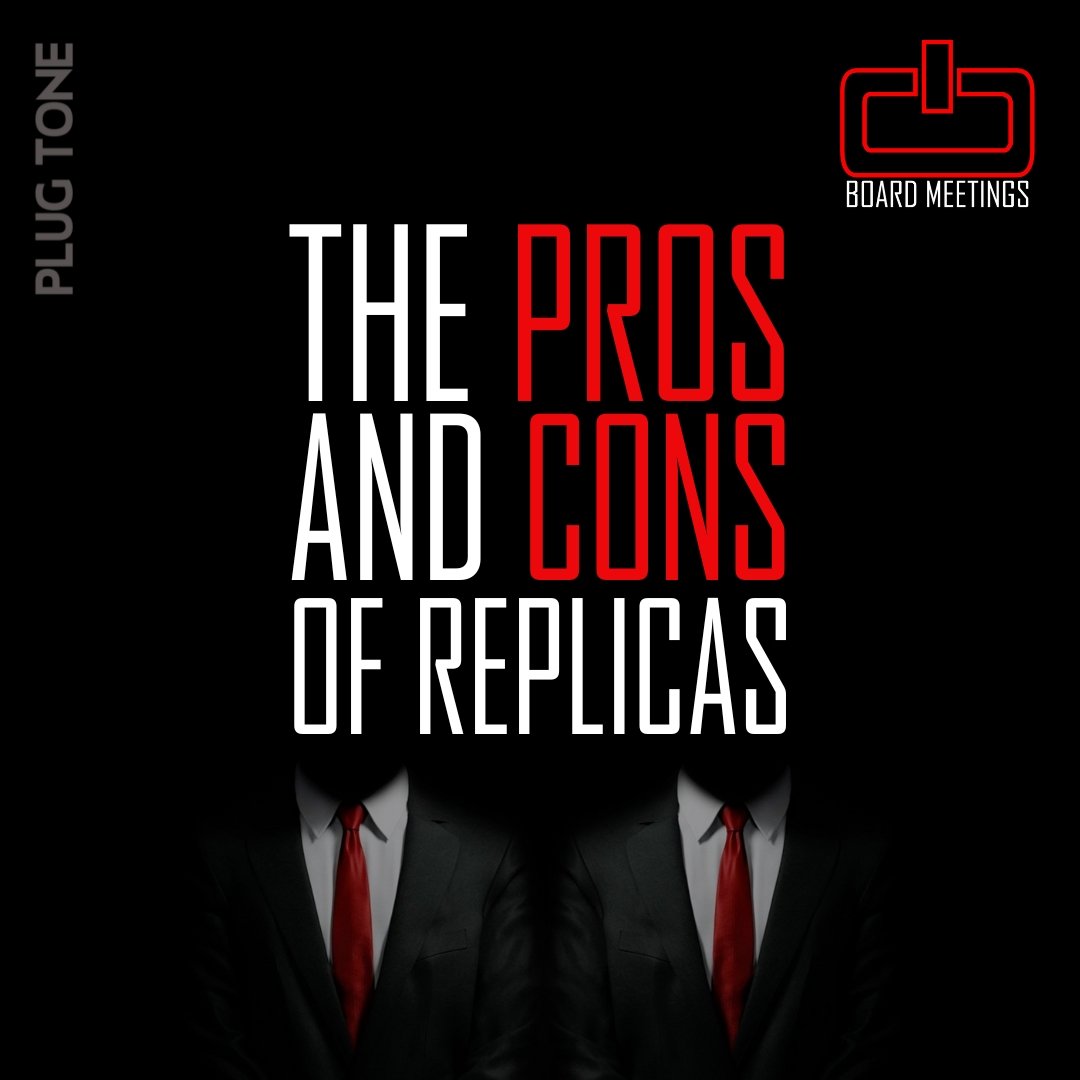
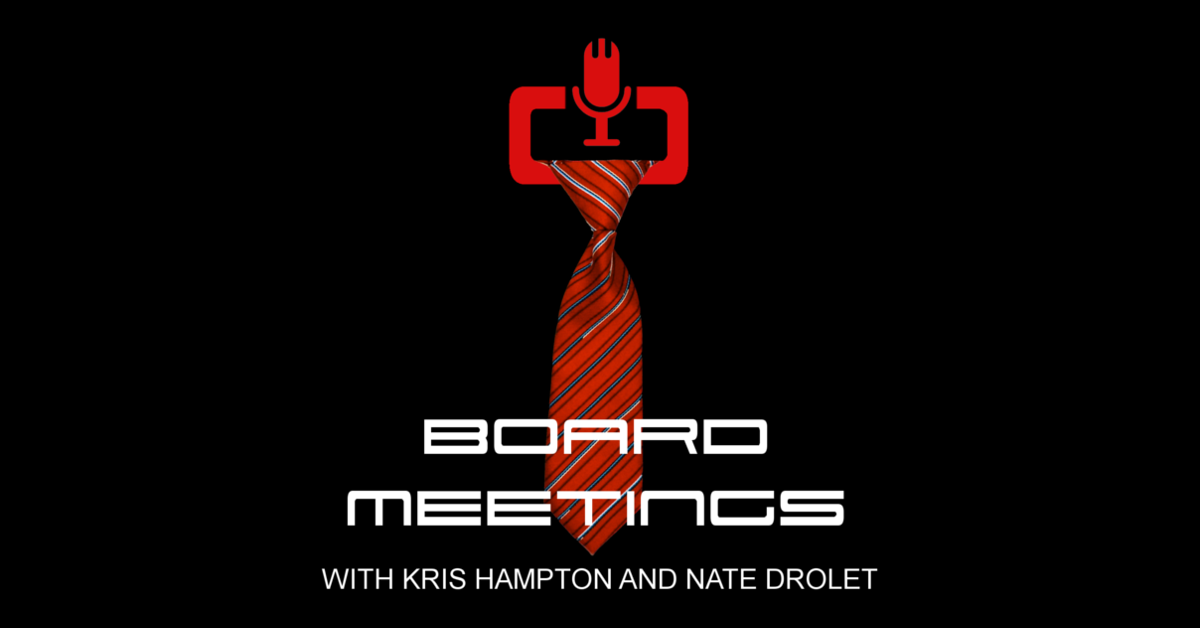












How do you know which is right for your situation?